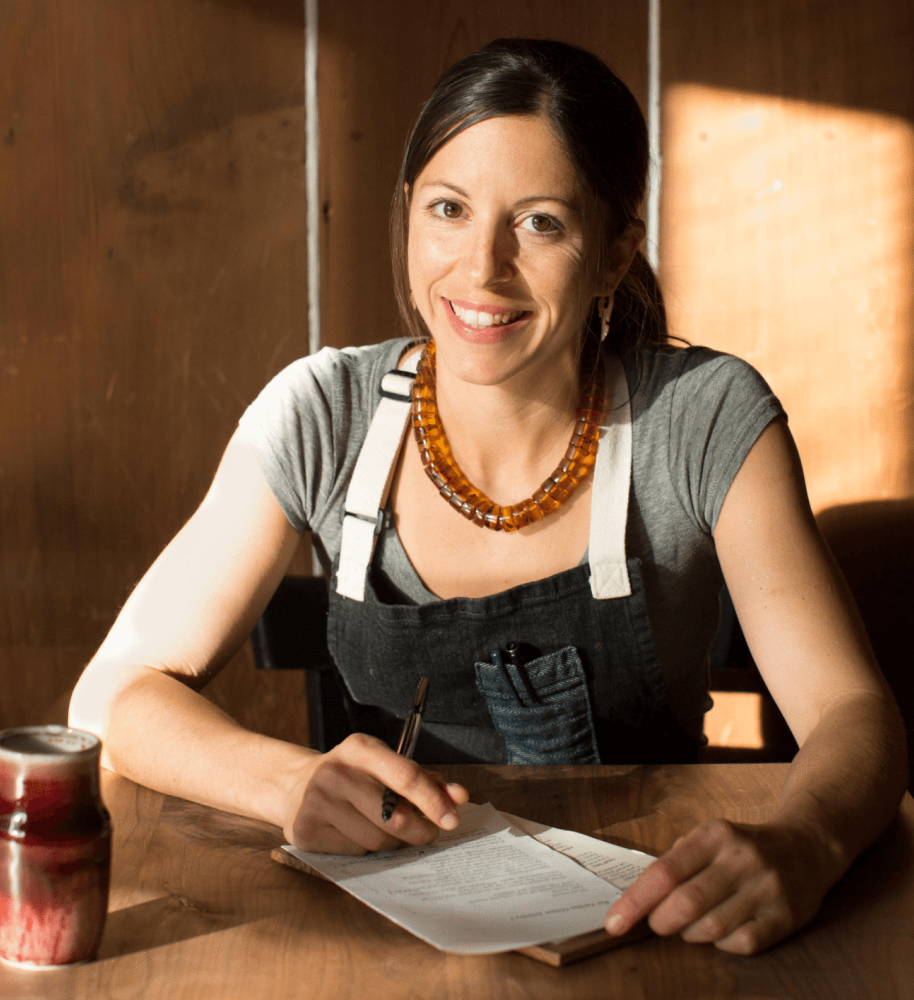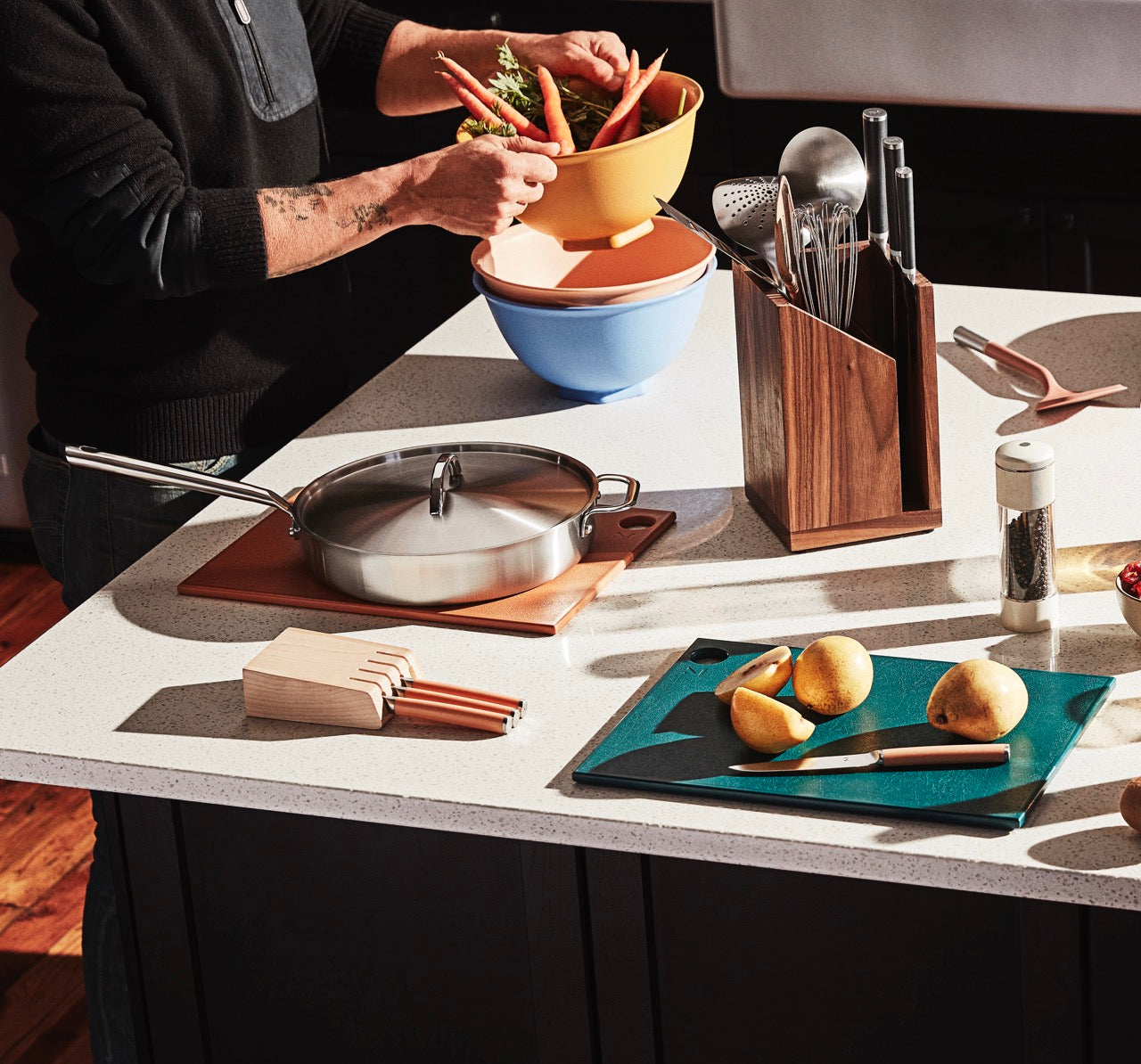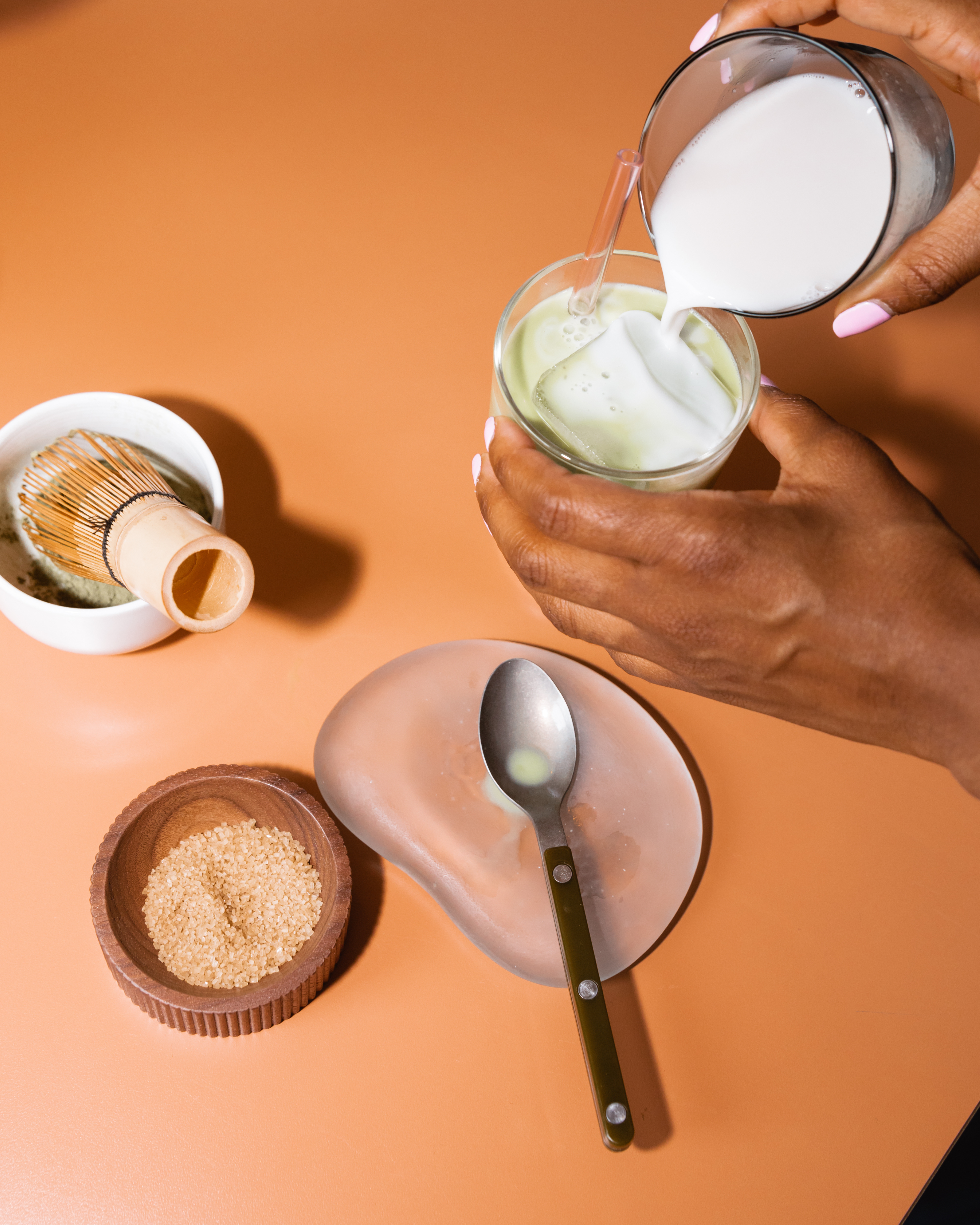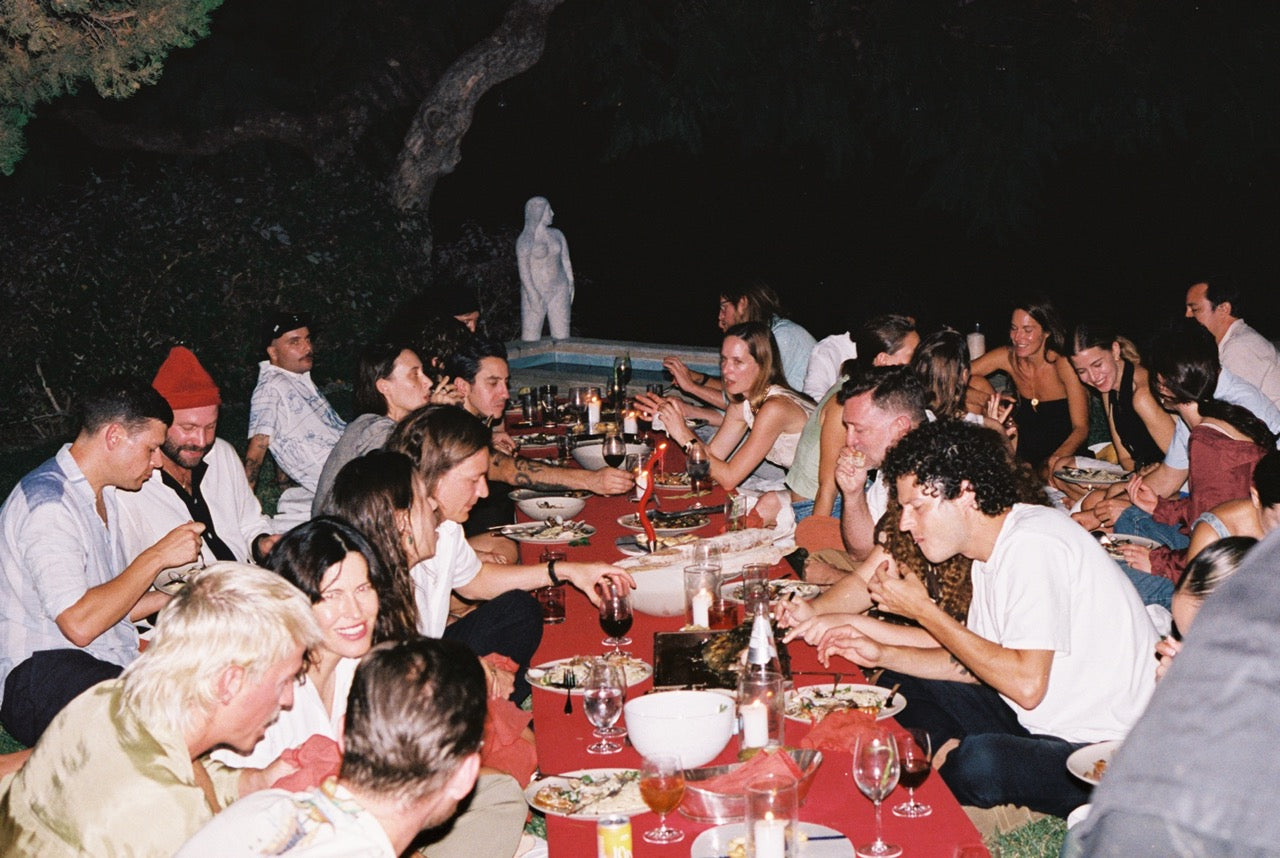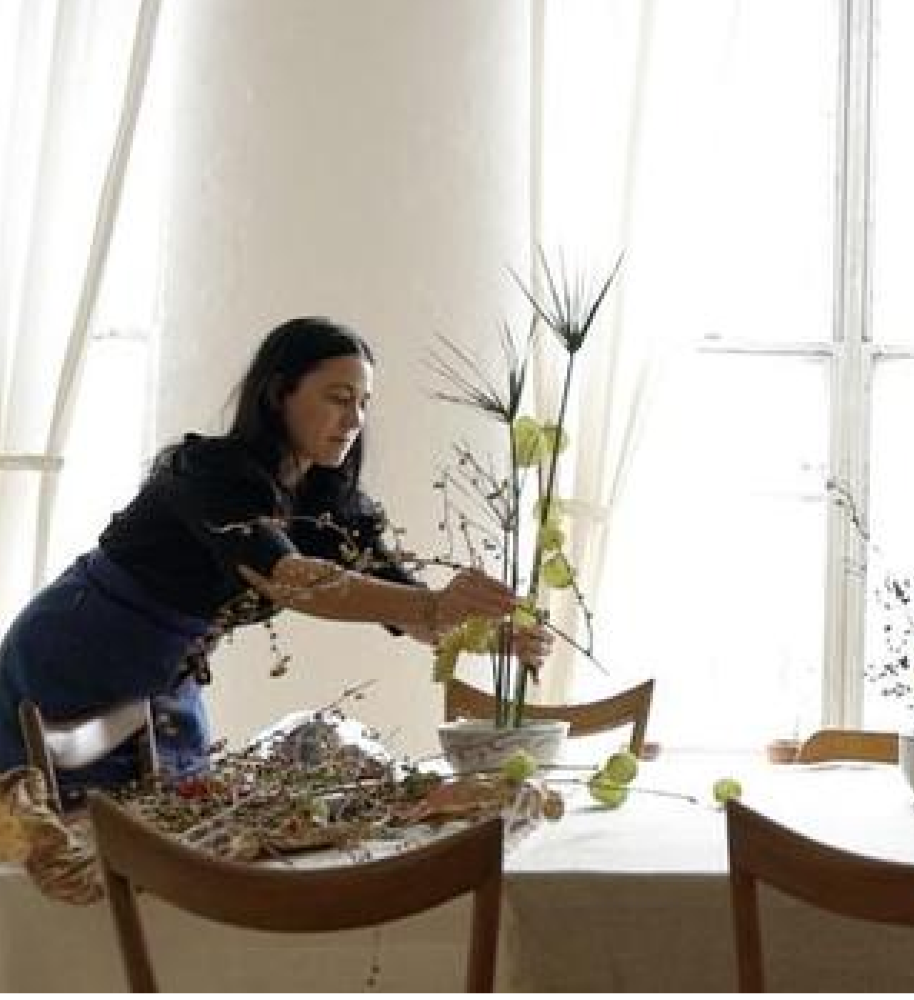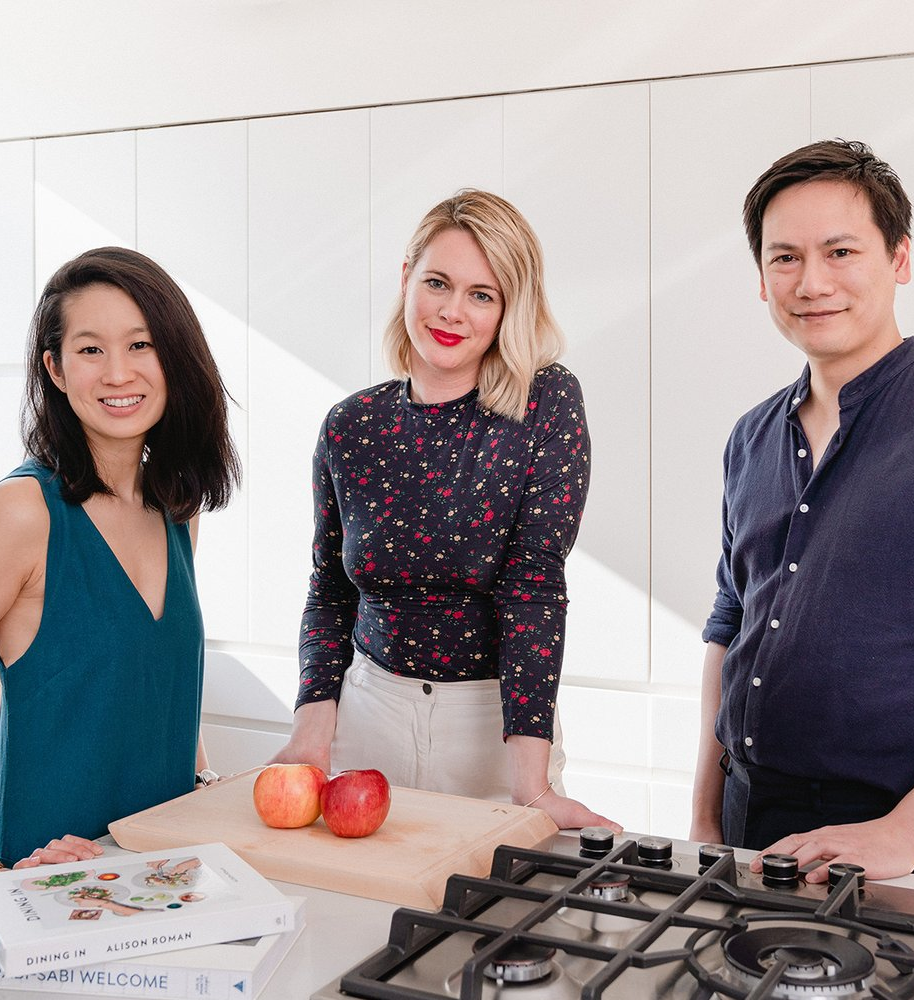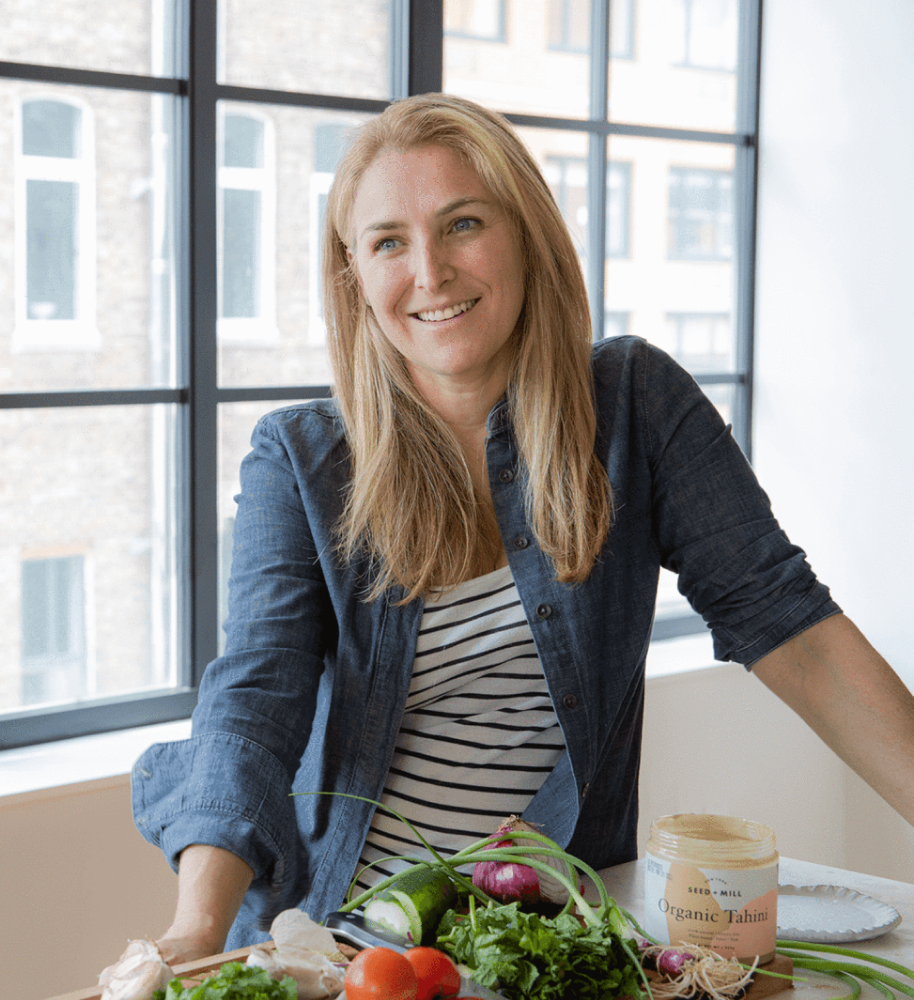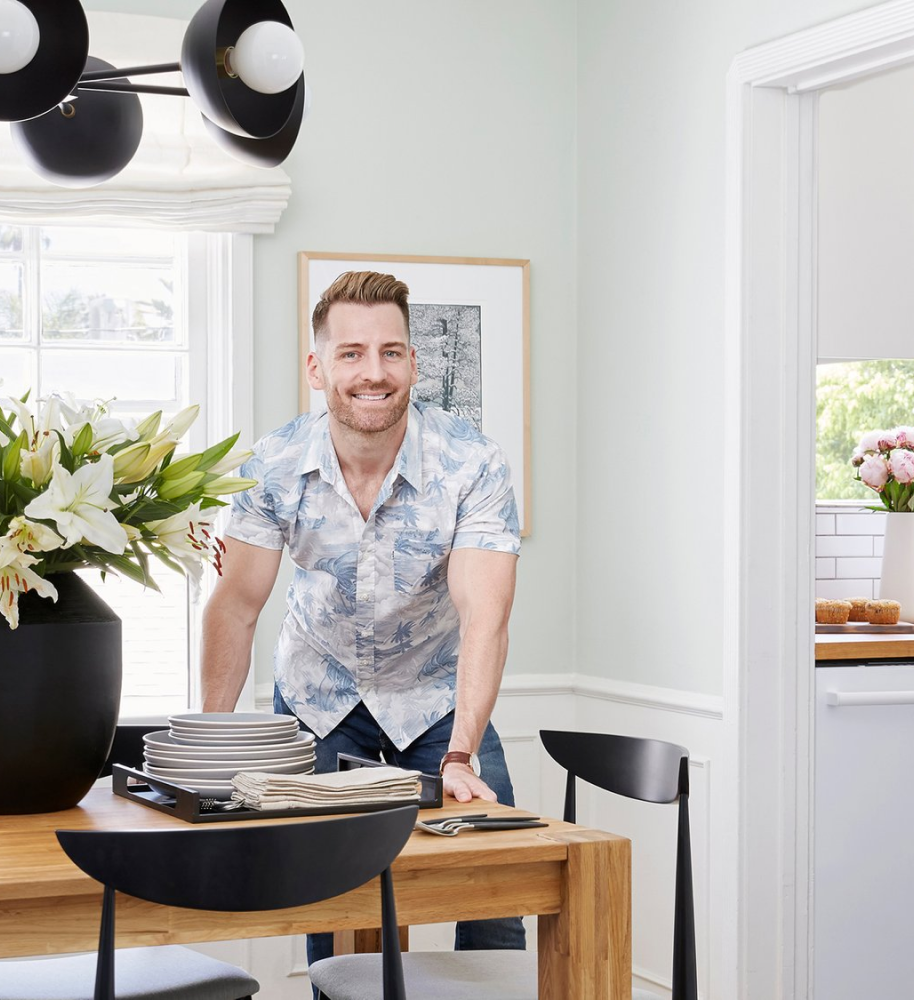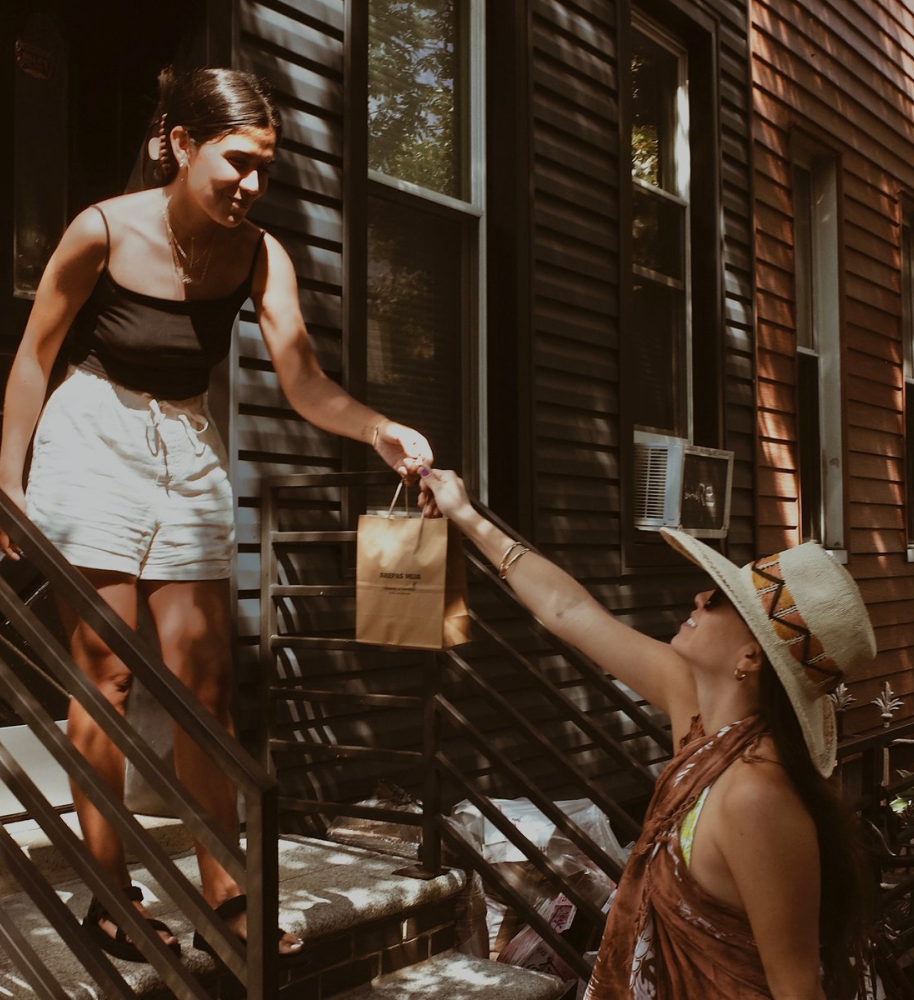And that can mean different things to different people: maybe it’s slowing down and taking more time to cook each week; maybe it’s actually using all those cookbooks on our shelves; maybe it’s shopping more locally; or maybe it’s tackling the issue of food waste at home.
When we asked you how you wanted to bring mindfulness into *your* kitchens this year, so many of you said you were looking to minimize waste. And we listened. So we started talking to composting and food waste experts about how to make our kitchens less wasteful, without completely changing our lifestyles.
This week, we spoke to Cortney Burns, a chef and culinary consultant who used to run Bar Tartine in San Francisco, and now splits her time between Massachusetts and New Hampshire, where she’s working with a number of restaurants to develop preservation programs in their kitchens. She also has a book out this June, called Nourish Me Home. Here are her tips for composting beginners—whether you’ve got your own home garden or a tiny city kitchen.
The short and sweet
- Find the right storage for you: airtight containers for countertop, or freezer bags for freezer. Keep containers around the kitchen so using them feels easy and natural.
- Look for organizations in your community that offer compost pickup, or find a nearby farmers market where you can drop yours off.
- Get creative and search for new ways to use your leftovers and scraps: turn vegetable scraps (and/or cheese rinds!) into stock, use tender herb stems in salads, use hardy herbs or citrus peels to infuse vinegars, oils, or spirits.
Q:
How I Began
A:
I’ve been composting at home for at least ten years, but ever since I moved to California in 2001, it was part of how we did life. And when we had Bar Tartine, we always composted there. We would even send off our compost to the farms we worked with, and sometimes they would feed our vegetable scraps to the pigs.
It always made sense to us, because we wanted to give back to the soil: We wanted to be regenerative, not depleting. We didn’t want to send our food waste to the landfill, because of the methane production that it causes. Composting is better for the soil, and better for the environment too.

Q:
How I Do It
A:
Now that I live in New Hampshire, we have a lot of space and a huge garden. So we compost on our property, and use it for the soil in our garden.
In my kitchen, I have a little fermentation crock on my counter that I use to collect scraps throughout the day. What I love about it is that it has a water-tight seal, which keeps it from smelling. But anything that closes well is fine.
We also have a big Weck jar near where we keep our tea, where we put all our used tea bags. It’s helpful to have a couple different receptacles around the house, so there’s always a place to put your compost.

Q:
How to Start

A:
Obviously it can be really overwhelming if you feel like you have to have some big compost area at your house. Maybe you don’t have a huge plot of land you’re using as a vegetable garden, and that’s fine. There are places near you that would love your compost. So a good first step is to start by looking to your community to see what resources are out there to help you implement a new system in your home. There are a lot of grassroots organizations all over the country that can help you with your composting, or even take it off your hands for you.
Near us in New Hampshire, there’s a company that will give you a five gallon bucket to fill with food scraps—on Saturdays, you take it to them, and they switch it out for you and use your scraps to make compost. And a lot of farmers markets have compost drop-off.
In your kitchen, I recommend keeping a container for your food scraps on the counter, something that isn’t too obtrusive. It should be large enough to last a day or so, but small enough that it’s easy to take the next step, whether that’s transferring it to a larger compost bin outside, or moving the scraps to the freezer. If you have space in the freezer, use it.
Q:
How to take the next step
A:
In my kitchen, there’s a huge awareness about food waste in general. Not only do we try to create less garbage, we try and create less waste. Everything that’s not used for dinner doesn’t necessarily go to compost. If I'm not gonna use those leek tops for dinner, I freeze them for stock. Our goal is always: how do we produce the least amount of waste overall? How could we use this for something else that’s still food?
When you’re cooking, look at your scraps: is there a broth to be made out of them? Vegetable broth is a great thing to have in your next soup or stew. Onion scraps and leek tops can be dried out in a low oven and ground into allium powder, which can help sweeten up soups and sauces because it has a lot of natural sugars. Herb stems can be infused into vinegar. There are a lot of things that can be done with what people see as food waste.


Q:
Getting started
A:
Cortney's Vegetable Stock
- 2T grapeseed oil
- 1 head fennel, cut in 1 in pieces
- 1 onion, peeled cut in 1 in pieces
- 1 head of garlic, cloves peeled
- 1 small carrot, cut into chunks
- 4 celery ribs, cut into chunks
- 8oz crimini mushrooms, halved
- 1 3x6in piece of kombu seaweed
Heat oil in a large stockpot over medium-high heat. Add all the vegetables and cook, stirring occasionally, until they begin to soften, 5-7 minutes. Add 6 quarts cold filtered water and the kombu. Bring to a boil; reduce heat and simmer until stock is reduced by half, 1-1 1/2 hours.
Strain stock through a fine-mesh sieve; discard solids.
Stock can be made 3 days ahead. Let cool completely, then cover and chill, or freeze for up to 3 months.
Want to get started? Material's compost tool of choice is this sleek, modern compost bin.

